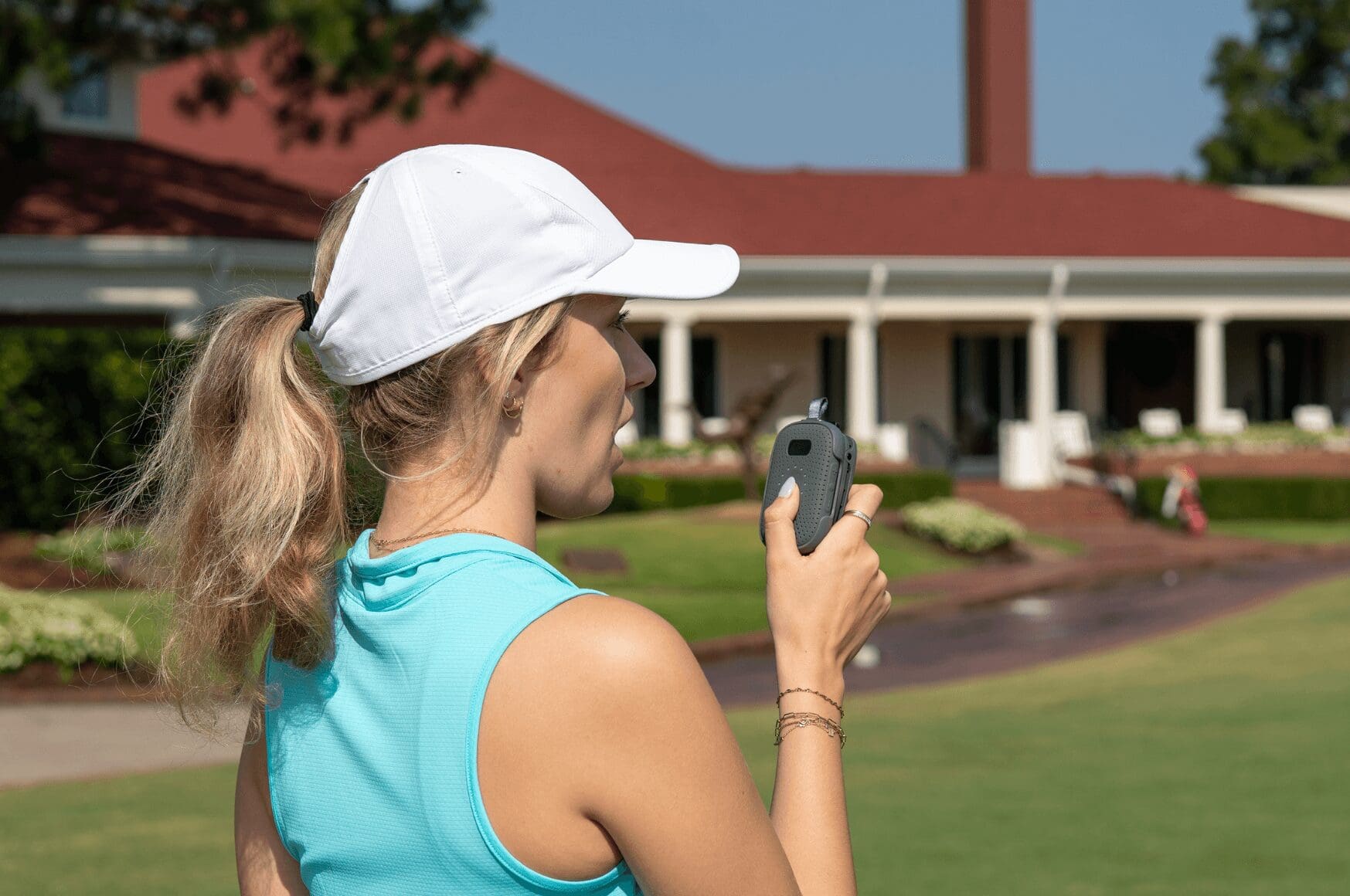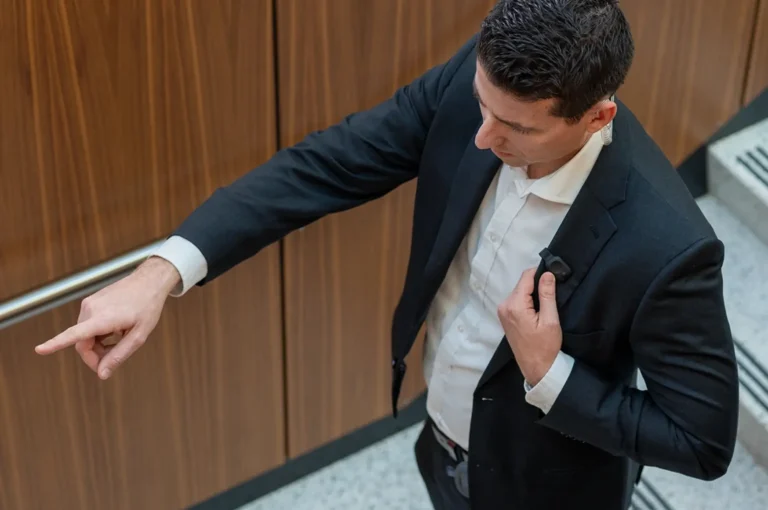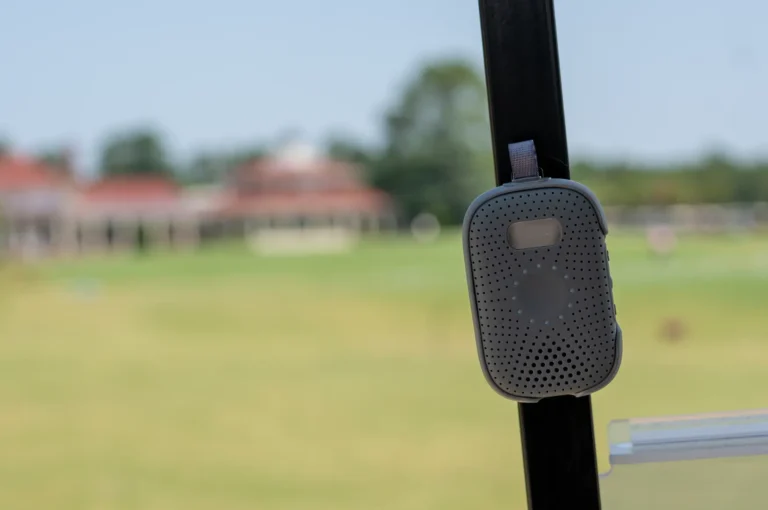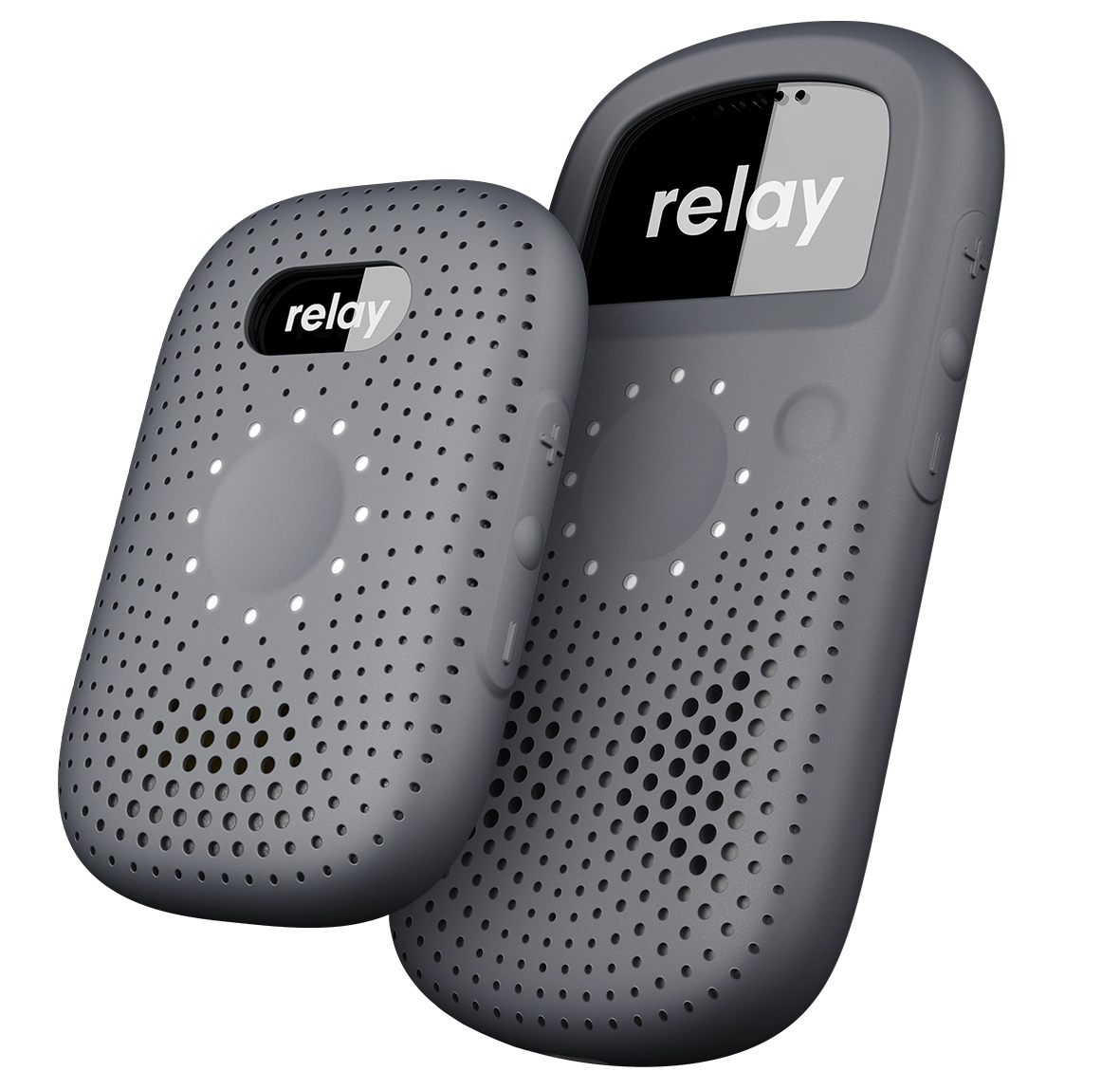At first glance, walkie talkies seem simple. Just press a button and start talking, right? For basic use, that’s mostly true. But if you’re trying to learn how to use a walkie talkie correctly, especially in a workplace or emergency setting, it takes more than just pushing buttons.
While most models feature a push-to-talk button and a straightforward channel setup, clear communication requires more than just basic operation. In busy or high-pressure environments, getting your message across quickly and clearly is what really counts.
For effective communication in organizational settings, you need to understand radio etiquette and stay alert throughout each exchange. Even a brief delay or unclear message can lead to confusion, downtime, or even major safety risks.
To help you avoid these issues, we’ve put together a comprehensive guide that goes well beyond the basics. It explains how walkie talkies actually work, along with key techniques for using them clearly and effectively.
Whether you’re training a team or refreshing your own knowledge, the following sections can help you communicate with confidence when it matters most. After all, no one wants to be stuck fumbling for the right words in the middle of an emergency.
Top Tips: How to Work a Walkie Talkie
Before you can talk into your walkie talkie at work, it’s a good idea to decide who will serve as your company’s dispatcher. That way, there will always be someone listening who is ready to respond. Most businesses give their dispatcher the walkie talkie code name of BASE, which makes it easier to understand who you’re talking to.
Everyone else at your company may want a code name too, but keep it simple. In addition, remember to keep your names professional at all times. In a business environment, it’s probably best to stick to either your real name or your department. For example, if you’re on the production floor, you could say, “production floor to BASE.”
Sample Conversation
- Pick up your walkie talkie, press the talk button, and say, “production floor to BASE.”
- BASE will then respond by saying, “go ahead, over.”
- Your production floor employee will then tell BASE what they need and end their turn by saying, ‘over.’
- BASE responds and ends their response with ‘over.’
- Your production floor employee will say ‘clear’ or ‘over and out’ to end the conversation.
Of course, before you can even have a similar conversation, you must first know how to use the talk button correctly. Never begin speaking instantly. Instead, press and hold the button, wait approximately one to two seconds, then begin your transmission. Otherwise, your words could be partially cut off, which can cause confusion.
Also, don’t forget to hold the button the entire time you’re speaking, then release it when you’re ready to receive a reply.

Commonly Used Radio Codes
It can be extremely helpful to review the following codes when you’re learning how to use a two-way radio. The good thing about these codes is that they’re universal, so no one will be left trying to interpret what you said.
- Roger/Roger That/Copy/Copy That – These are all ways to indicate that you’ve received and understood the message. To keep things as simple as possible, choose one of these phrases and have everyone else use it.
- Over – You’re done talking and ready to receive a reply.
- Say Again – If you didn’t understand what the person said, you can reply with ‘say again.’
- Out – Usually paired with over, saying ‘over and out’ means you don’t require any further responses.
- Affirmative – Used as walkie talkie speech for ‘yes.’
- Negative – Used as walkie talkie speech for ‘no.’
- Wilco – Saying ‘wilco’ is a shortened version of ‘will comply.’
- Disregard – Ignore the last thing that was said.
There are also numerical ten codes that can be used. Again, come up with a plan for how to use two-way radios so that everyone at your company is on the same page.
- 10-1: Receiving poorly (can’t hear what the other person is saying)
- 10-2: Receiving well
- 10-3: Stop transmitting (this one is good if you don’t want others nearby to hear your conversation)
- 10-4: Message received
- 10-5: Relay the message to (insert name/department)
- 10-6: Busy, please stand by
- 10-7: Out of service
- 10-8: In service
- 10-9: Repeat message
- 10–10: Businesses may use the phrase ’10-10’ to indicate ‘transmission completed, standing by’
- 10-20: Location requests such as ‘what’s your 20?’
- 10-23: At the location (can be used when you arrive or when you’ve already arrived)
- 10-24: Assignment completed
Proper Communication Etiquette
In addition to learning the codes listed above, it’s also a lot easier to use a walkie talkie if everyone uses proper communication etiquette. In fact, this is a big piece of learning how to talk on a walkie talkie. If someone on your team doesn’t do this correctly, they could cause the rest of your team to lose time and productivity as they attempt to decipher the exact meaning of the message being relayed.
To keep conversations clear and professional, follow these etiquette essentials:
- Listen, then talk – Before you press the talk button, take a beat to ensure no one else is currently using the channel. Otherwise, everyone could become confused.
- Keep it short – No one wants to hear a lot of idle chatter on their two-way radio. Use concise, clear messages and get straight to the point.
- Identify yourself – To make your message as effective as possible, always begin by identifying yourself or your department. To use the previous example, it’s best to say, ‘production team to BASE’ or ‘Alex to BASE.’
- Make sure you can be understood – Only use codes that everyone else has been taught. Avoid slang or overly technical words.
- Pause before speaking – Again, always be sure to press the button, then wait a beat before you begin speaking.
- Acknowledge all messages – By saying ‘roger,’ ‘copy,’ ‘roger that,’ or ‘copy that,’ the other person will know you’ve received and understood their message.
- Say ‘over’ when you’re done speaking – Saying ‘over’ will let the other person know you’re done speaking and ready to receive a response.
- Say ‘over and out’ at the end of the transmission – Saying ‘over and out’ indicates your conversation is done, and you’ll be putting your walkie talkie away.
- Be aware of your two-way radio volume – Have you ever been working and suddenly heard an employee’s walkie talkie blaring out a message? This is distracting, and it could even cause major issues if the sound startles someone and they make a mistake. Keep it loud enough to hear, but not so loud that it becomes a distraction to the rest of the team.
- Never interrupt, except during an emergency – Walkie talkies typically use one communication channel. Therefore, if someone is already using the channel, be sure to wait your turn. The one exception is if you’re dealing with a serious emergency.
Keeping Your Device in Good Shape
Now that you understand the basics of how to use a two-way radio, let’s spend some time discussing how to keep your walkie talkie in tip-top shape.
Even if your business has a specific department that keeps track of radio maintenance, it’s still wise to understand the following steps:
- Don’t block the vents – Walkie talkies have ventilation areas that are necessary to prevent overheating. Avoid letting these vents become blocked by dust or debris.
- If there is one, keep the antenna clear of obstructions – To receive optimal signal strength, ensure your antenna isn’t obstructed.
- Keep an eye on the battery – Always ensure you’ve got a full battery at the beginning of your work shift. You don’t want to have an emergency happen and not be able to use your two-way radio. In fact, this is something you need to make absolutely sure your entire team remembers when teaching them how to use a two-way radio.
- Wipe it down regularly – The buttons and openings on a walkie talkie collect dust and debris unless they’re wiped down on a regular basis.
Contending with an Emergency Situation
No matter how much time you spend on drills, training, and planning, an emergency still has the power to make people forget what they’re supposed to do. Therefore, take a breath and remember that staying calm will make it easier to get your message out there. If you have a specific emergency channel, be sure to turn to it before speaking. If all else fails, pick up your radio and say, ‘SOS.’ That way, everyone will immediately know that there is trouble.
For more detailed guidance on how to stay clear and composed in high-stress moments, explore these emergency communication strategies. They offer useful reminders and radio protocols that can help keep your team coordinated when it matters most.
More to Know About Walkie Talkies
Learning the basics of how to use a walkie talkie should allow anyone to use them with a level of confidence. For those who wish to know more, though, here’s a good start:
- Frequency – Knowing what frequency or frequencies your business transmits over, along with any applicable restrictions, can make you a better walkie talkie user.
- Special features – Do your walkie talkies have special features such as emergency channels or weather alerts? Learn how they work so you can help your employees when an issue arises.
- Signal strength and range – One of the problems that some workplaces have with walkie talkies is staying in range. Although this problem can be solved by moving within range, this can also be difficult during an emergency. For this reason, it’s becoming increasingly popular for people to use a smart radio like Relay instead of traditional walkie talkies.
Smart Radios are the Future
Walkie talkies have been connecting people to one another since 1940. However, now that 85 years have passed, it’s time to upgrade to a simpler yet better device. Smart radios such as the ones offered by Relay make it easier to talk to people, nationwide. Even better, they offer a whole host of important features, including instant translations of 30+ languages and enhanced worker safety.
Enter the 21st century with Relay smart radios! Contact us today to schedule a demo.







